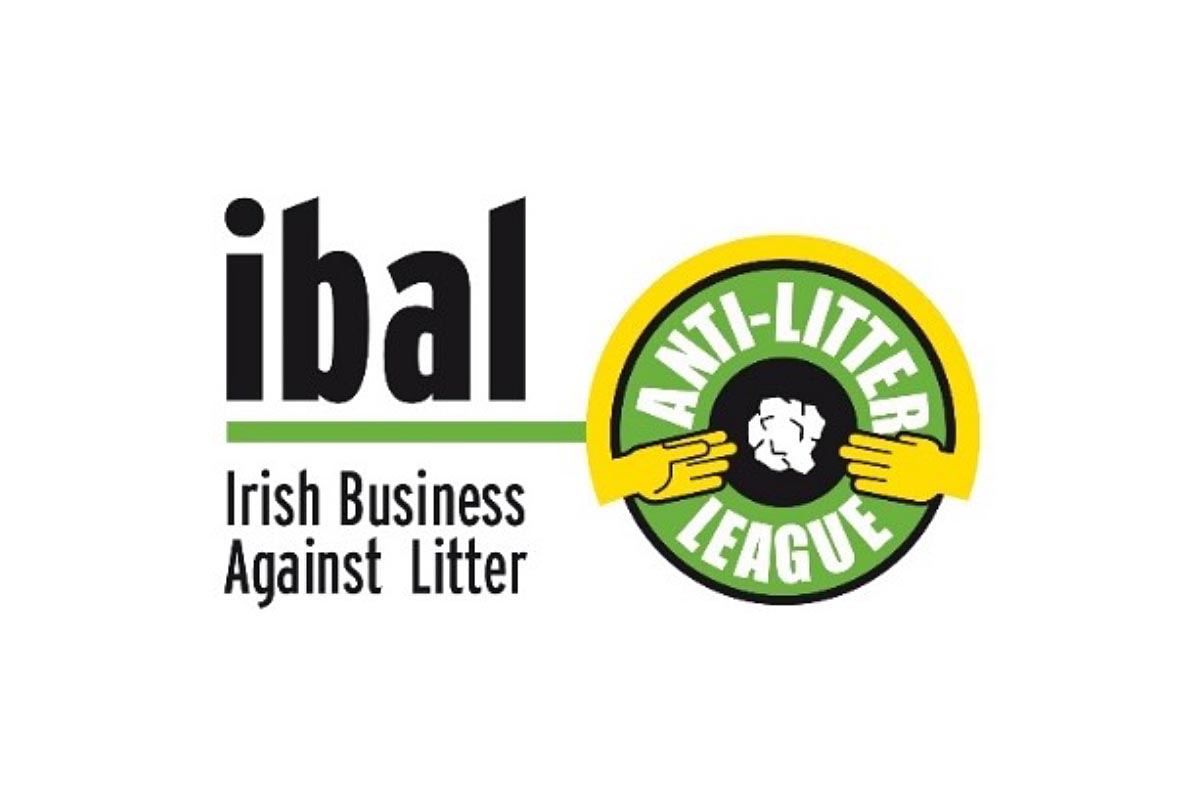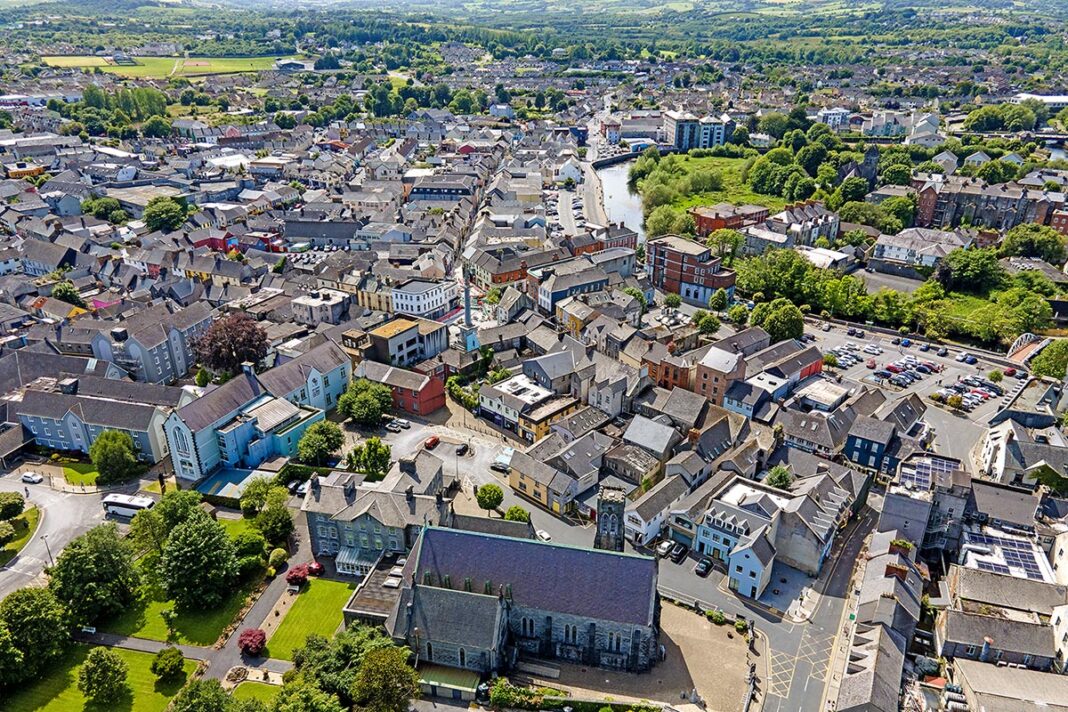The latest survey from business group Irish Business Against Litter (IBAL) reveals Ennis has regained its ‘Cleaner than European Norms” status and has risen from 13th to in runner-up spot in the ranking of 40 towns and cities across Ireland.
The An Taisce report for Ennis stated: “Ennis (a former winner of the IBAL League) has narrowly missed out on top spot, with nine out of the ten sites getting the top litter grade. Recent enhancement works at O’Connell Street and Henry Street have resulted in lovely streetscapes on both streets.
Improvements were noted at Dunnes Stores Car Park (had been littered in previous IBAL surveys) and this time around it was very much deserving of the top litter grade.”
Overall, two-thirds of towns were clean, which was up on 2024. Naas was once again top of the ranking of 40 towns and cities, ahead of Ennis and Killarney. Only 4 areas were branded littered or seriously littered – the lowest number on 5 years. Both Dublin and Cork city centres have improved in advance of the peak season for visitors.
“It is encouraging to see that our main city centres – Dublin and Cork – have improved as we welcome summer visitors to our country. Clean streets are imperative, given the challenges facing Ireland as a high-cost destination,” says IBAL’s Conor Horgan
One year on from the introduction of the Deposit Return Scheme, plastic bottle and can litter is down 50% on previous levels but was still found in 20% of the 500-plus sites surveyed across the country.
“We hope that the scheme will see the disappearance of this litter, but statistics so far do not bear this out. Cans and plastic bottles are far from a rare sight on our streets and in our hedgerows,” says Conor Horgan.
While the prevalence of coffee cups on our streets remains stubbornly high, there was a fall-off in disposable vape litter. The UK and Northern Ireland outlawed disposable vapes earlier this month and a ban here is likely in the coming months.
The survey found the main streets of towns to be generally clean, as were heritage and amenity sites. Residential areas, bus and train stations and recycle facilities were most likely to be littered.

